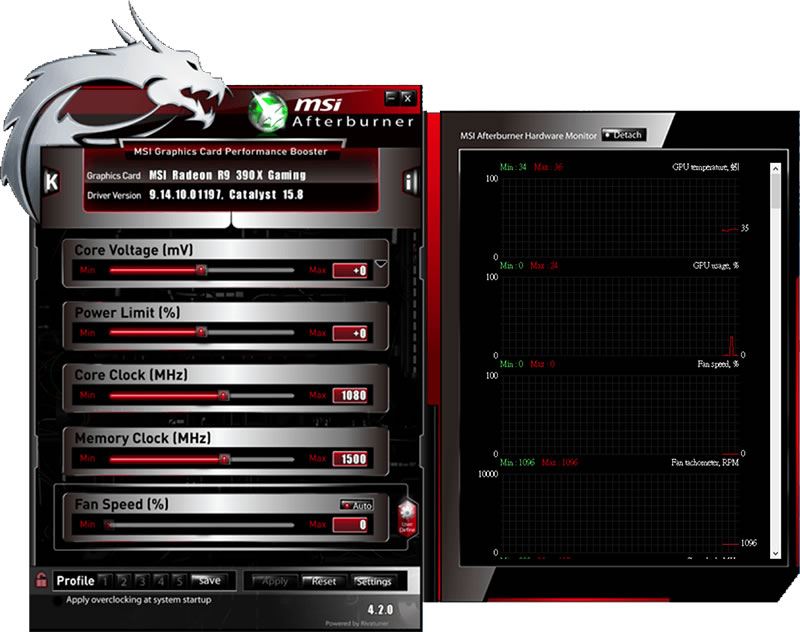
This way you can see if the CPU overclock improves game performance beyond the iGPU overclock. 24 Mh/s Overclock using MSI Afterburner (did not try with Radeons Wattman) : - clock/mem. We will also show the Athlon 3000G overclocked at 4GHz with the Vega 3 overclocked at 1600MHz as well so that both overclocks are in play. Biostar Radeon RX Vega 64 vs Gigabyte GeForce GTX 1660 Ti OC. In our testing, we will show the overclocked iGPU performance versus default. Para Windows (MSI Afterburner) e placas Nvidia, utilizar os valores de Memory Clock(Mhz) pela metade (/2). If you're not looking to put the time and effort in I suggest the new 18.12.3 drivers, in Wattman there is an Auto Overclock mode, its worth a try. This graph shows that it is a stable and consistent 1600MHz overclock versus 1100Mhz at default. The words Easy and overclocking don't belong in the same sentence, especially when it comes to Vega 64. This is probably why overvolting manually didn’t help us, the iGPU’s voltage is already dynamically managed and is what allows us to hit 1600MHz. The GPU voltage actually dynamically overvolts, taking us up to 1.293V. You can see in the GPUz screenshot we are hitting 1599MHz according to GPUz, which is offset slightly. This is a large overclock, from 1100MHz to 1600MHz is a 45% increase in clock speed! Keep in mind that MSI Afterburner is using some/minor performance for.


We input several figures until we found a stable overclock, which happened to be a very high bump of up to 1600MHz GPU frequency! Bumping the voltage didn’t really help here, it seems we have hit a process limit at 1600MHz. this is included: AMD Radeon Vega 8 (IGP).

Now it is time to overclock, for this we set our sights toward the BIOS.


 0 kommentar(er)
0 kommentar(er)
